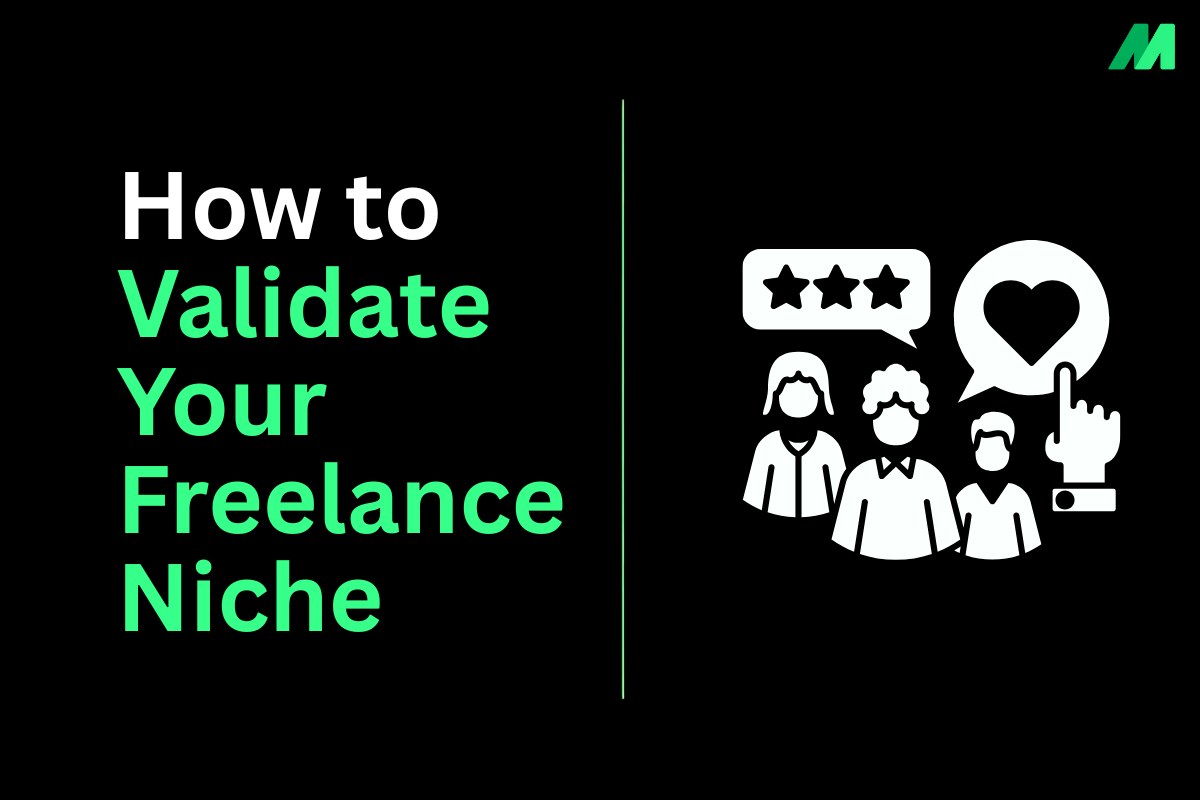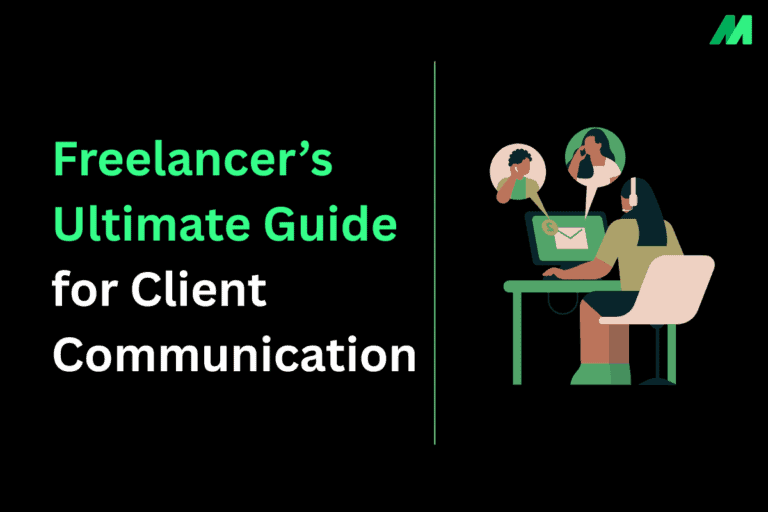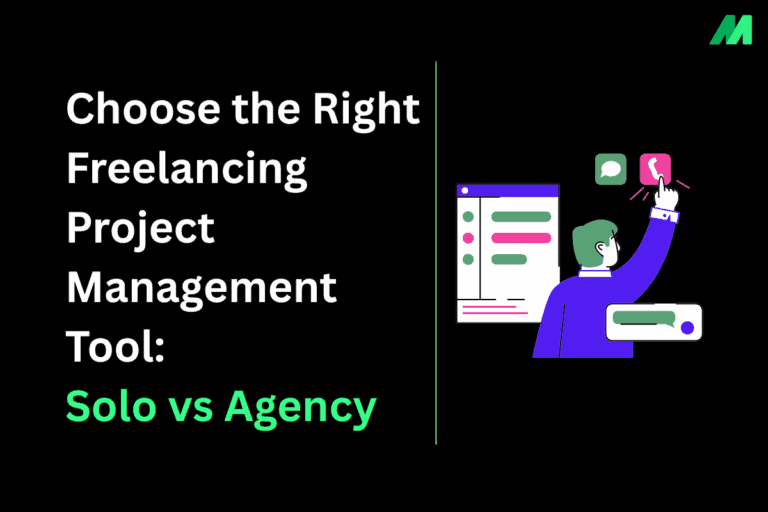Find your perfect freelance niche! This complete freelance niche validation handbook covers letting loose your definition of your dream clients and unique services, coupled with market research tools and client feedback, to develop a market-viable and passion-driven niche that you can continually refine and update.
To validate a freelance niche before fully committing, it is essential to assess market demand, test your skills within that area, and gather feedback from potential clients and peers. This process helps ensure the chosen niche aligns with personal strengths and actual business opportunities.
How to Validate Your Freelance Niche
| Step | Action | Goal |
| Skills & Interests | Map your strengths and passion | Align niche with capabilities |
| Market Research | Use keyword tools, job boards, and competitor analysis | Confirm demand and gaps |
| Create & Test | Produce content, MVPs, or specialized services | Gauge interest and gather feedback |
| Customer Feedback | Conduct interviews, surveys, and community outreach | Validate client needs and willingness to pay |
| Profitability Check | Analyze pricing, margins, and market longevity | Ensure sustainable business |
Phase 1: Self-Assessment & Positioning
1. Clarify “Who, Why, How” You Help
Who is your dream client? What pain points do they have?
Describe the industry your ideal client operates in, how large their business is, and what really frustrates your ideal client.
Example:
Ideal customer: An independent restaurant owner (industry: food service, company size: small business, 10 to 20 employees)
Pain Points:
Has difficulty standing out in a crowded local market
Needs a new brand identity and social media presence to capture new customers in a younger market
Has neither the time nor the skill to handle digital advertising
How to articulate: “My dream client is a small restaurant owner who finds it challenging to build brand awareness and attract repeat business due to limited marketing resources.”
Guide & Video for Beginners
- Beginner’s Guide: How to Find Your Ideal Client for Freelance Work
- Video: How to Find Your Freelance Niche & Dream Clients (YouTube, 10 mins)
Why are you helping them? Link your personal story/passions to their needs.
Relate your own interests or journey to your client’s ultimate challenges or hopes.
For instance, Personal Story: You came from a family of restaurant owners and saw how branding and storytelling can help to establish a loyal clientele.
Passion: You have an affinity for food and design, and want to help independent restaurants be successful.
How to express: “My parents owned a restaurant and were always challenged by their marketing efforts. I want to use my passion for design and storytelling to help small restaurants create memorable experiences and to build successful businesses.”
Guide & Video for Beginners
- Beginner’s Guide: How to Connect Your Passion to Your Freelance Business
- Video: Why Passion Matters in Freelancing (YouTube, 8 mins)
How do you help? Specify your unique products or services (up to three).
Now, compile your focused services that align and solve a wish of your client.
Example:
- Logo and brand identity design
- Social media content and campaign management
- Photography of dishes and events for use in marketing
To express: “I help restaurants be different and seen by developing incredible brand identities and creating and maintaining their social media, and taking amazing high-resolution photographs to complement their menu and marketing assets.”
Guide & Video for Beginners
- Beginner’s Guide: Choosing Your Freelance Services
- Video: How to Pick Freelance Services That Sell(YouTube, 12 mins)
What are you truly good at and excited about delivering?
Find the intersection point where skills, passion, and client demand overlap.
Example:
- Interested in creating lasting visual stories
- Experienced in design software, social media planning, and food photography
- Inspired by working with small business owners who love creativity
How to write it down: “My focus is creating strong visual brand stories and marketing strategies for food businesses. I absolutely love seeing the results of my clients’ growth.”
Guide & Video for Beginners: Video: Passion in Freelancing
Which 2-3 services do you offer exceptionally well?
Identify your high-performing “sweet spot” services that consistently add value and are rewarding for you and your clients.
As an example:
- logo design and graphic design for food brands
- campaign planning and copywriting for digital
- photos for social and menus
What to say:
“My top three are:
- Visual brand development (logo, design, color palette)
- Social media content planning and management
- Photo shoots for menus, ads, events.”
Guide & Video for Beginners: Video: Services That Sell
Comparison Table: Example Outputs
| Point | Example Niche: Food Branding | Example Niche: E-commerce Copywriting |
| Dream Client | Local restaurant owner | Shopify store owner, mid-size (5-50 products) |
| Pain Points | Low visibility, weak branding | Poor sales due to generic product descriptions |
| Personal Story | Family restaurant background | Loves writing and online shopping |
| Unique Services | Logo, social media, photography | Product writing, SEO copy, email newsletters |
| Skills & Excitement | Design, storytelling, food culture | Conversion copywriting, analytics |
| Top Services | Brand design, social campaigns, photos | Product descriptions, blog posts, EDMs |
2. Key Self-Discovery Questions
- What are you genuinely great at and excited to do?
- Three adjectives that describe your brand/business.
- What problems are you solving for current customers?
- Why should clients choose you over the competition?
- Interview past clients for honest feedback on your strengths and areas to improve.
3. Positioning Statement Creation
Fill in: “[Your business name] is the one [product/service] that appeals to [target customer] because [your unique value].”
Clearly state: “[Your business name] is the one [type of service] that appeals to [target client] because [your uniqueness].”
Example: “DesignPeak is the one branding studio for boutique restaurants, because our crafted visuals inspire emotional loyalty.”
4. Review and Analyze Past Work
Recognize popular projects and customer feedback.
Interview previous clients to unveil your differentiators, why clients return/or leave, and how you stack up against the competition.
5. Define Client and Niche Specifics
Define industry, client size, and project scope.
Use three adjectives that define our brand; filter down until your area of specialty sticks and remains unique.
6. Brand and Client Definition
Define industry, project scope, company sizes, and client revenue ranges.
Make your niche stick – creates expertise, filters out bad fits, and gets ideal clients excited.
Phase 2: Structured Validation & Market Testing
1. Use Tools to See Demand and Trends
Looking to see how certain skills or industries are trending? Try using Google Trends. Want a monthly snapshot of how keywords in your niche (like “restaurant branding” or “Shopify product description”) are being searched? Use Ubersuggest to check search volumes. Look closely at LinkedIn job postings and freelancer profiles to see how many people are offering or wanting your services. Finally, look on job boards such as Upwork, Fiverr, and Freelancer for job postings in your niche and see if they are active.
Beginner-Friendly Help:
- Google Trends: Guide to using Google Trends
- Ubersuggest tutorial: How to Use Ubersuggest for Keyword Research
- Video: How to Find Freelance Niches with Google Trends & Ubersuggest (YouTube, 12 mins)
Study Competitors
Study your competitors on pricing, missed opportunities, reputation, and market position, to identify where your differentiation points might be. Search LinkedIn or freelance marketplaces for freelancers in your space. Look for their pricing and how they position themselves.
Recognize which services seem to be popular or missing. For example, lots of web designers do blogs, but not as many offer SEO copywriting. Look at reviews and feedback that clients leave for competitors to figure out what clients love about their work, and what they hate!
Beginner-Friendly Help:
- How to Research Competitors: Simple Competitor Analysis Guide
- Video: How to Research Your Freelance Competitors (YouTube, 10 mins)
Join Forums and Niche Groups
Join specific forums or niche groups. Look for patterns around pain points and unmet needs and pain points. Find Facebook groups and LinkedIn groups, or online forums focused on your niche or your clients’ industry. Look for trends in questions, needs, or complaints clients post. You can also get involved in discussions to see what challenges your potential clients are struggling with.
Beginner-Friendly Help:
- Beginner Guide to Facebook Groups: How to Use Facebook Groups for Business
- Video: How to Find Ideal Client Groups on Facebook & LinkedIn (YouTube, 9 mins)
Poll, Survey, or Interview Potential Clients
You can create an easy survey or poll using Google Forms or Typeform to ask about their biggest challenges and what services they would pay for. You can reach out to past clients or people in your targeted niche directly and ask questions. Also, you can also use poll or DM features on social media for quick responses.
Beginner-Friendly Help:
- How to Create Client Surveys: Google Forms Beginner Tutorial
- Video: How to Survey Freelance Clients for Niche Validation (YouTube, 11 mins)
Real-World Testing
Start small with some pilot projects, discounted services, or even a minimum viable product (MVP) to gather unbiased feedback and testimonials to obtain some credibility and experience for future improvements. After starting to offer some niche services, measure which projects are converting or being repeated; evaluate any qualitative feedback in addition to measuring activity, engagement, or participation. For your existing or new clients, offer “add-on” or discounted pilot niche services. Produce a minimum viable piece of portfolio work, landing page, blog post, or video to show expertise in your niche.
Beginner-Friendly Guides and Videos
- Beginner Guide to MVPs: What is a Minimum Viable Product (MVP)? (YouTube, 10 mins)
- How to Launch Pilot Projects: How to Test Your Freelance Services with Pilot Projects
- Collecting Client Feedback: How to Get Honest Client Feedback as a Freelancer
| Step | What to Do | Why It’s Important | Example |
| 1. Launch Pilot Projects | Offer discounted or small scope services | Build trust + get experience | Discounted logo + social posts for cafe |
| 2. Create MVP Portfolio | Build a sample webpage, blog, or video | Show clients what you can do | Landing page showing branding packages |
| 3. Collect Feedback | Ask clients what worked, get testimonials | Improve service + build credibility | Client praise helps attract more business |
| 4. Track Project Success | Monitor conversions and repeat work | Decide if the niche is worth growing | Know which services convert best |
2. Metrics for Validation
Minimum Monthly Search Volume in Niche: Monthly search volume in niche means how many people are searching online for services like your offer regularly every month. If people don’t search for services in your niche, you probably won’t find sufficient demand to sustain your freelance business.
Example: You want to do “E-commerce product descriptions,” you can use Google Trends or Ubersuggest to see how much monthly search volume this phrase or keyword variations have.
Conversion Rate for Niche Offers is the number of people who see your offer and actually become paying clients, as a percentage. If you have conversion rates above 7%, that is a good sign that your niche services are getting attention from serious buyers looking for your services, not just fence sitters or browsers!
Example: If you reach out to 100 potential clients or get 100 visitors to your freelance landing page, at least 7 should hire and/or purchase your services.
Multiple Repeat Clients are clients who reach back out to hire you again, after a successful first project. Repeat clients show that your services solve real problems well and help to build trust. Meaning your niche is a sellable and repeatable service package with capability/profitability.
Example: if small businesses constantly hire you for monthly social media posts, that is a good sign for recurring revenue.
20%+ Growth During Trial Phase means that during your testing phase or early months in the niche, your clients/income should grow at least 20% month-over-month. Consistent growth means that you have built momentum, are getting referrals through word-of-mouth, and your niche can be viable and scalable.
Example: If you made $200 in month 1, you should make about $240 (twenty percent more) in month 2, and so on.
ROI: Compare Time vs. Income and Feedback means that it’s important to compare the time and energy you spend working in a niche versus the income you take from it. If you put in 20 hours on projects and end up not making much or don’t get good feedback, perhaps a niche is not something you want to pursue full-time.
Example: Keep track of how many hours you worked versus how much your clients paid you; when you make good money for reasonable working hours and happy clients, you have a good ROI.
Helpful Beginner Guides & Videos
- Understanding Conversion Rate: What is a Good Conversion Rate?
- Google Trends Overview: How to Use Google Trends
- ROI Explained for Freelancers: Calculating Freelancer ROI Simply (YouTube, 8 mins)
- Growing Your Freelance Business: How to Get Freelance Clients & Grow Income (YouTube, 15 mins)
3. Iterative Updates
When I say that you should be updating your services (or niche) iteratively, I mean that you must continuously check, adjust, and improve to lay the foundation for successful freelance business growth.
At first, it may be beneficial to think of your freelance niche somewhat like a project that is always living and changing. Like clients will tell you things about themselves, and their interactions with you. As they grow and see new opportunities and your services, you are also learning more about your clients, market trends, and your own skill levels.
You should take the time every quarter to review your choice of freelance niche. At a minimum, you should check to see if you need to adjust your industry, service options, or your positioning statement based on your reflections on the feedback and observations that are new since your last update.
Every quarter (three months), carve out quality time to assess what you will focus on as a freelancer to initiate a service redesign process. You can start by asking yourself questions such as:
- Are you getting the potential clients that you need?
- Are you still offering the right services that meet the needs of your clients?
- Has anything changed in my selected industry or market that affects the work I am doing?
Based on the answers to these sorts of questions, you can make some small but necessary adjustments. This could mean narrowing or broadening your focus area, expanding on your available services, or even rewriting your positioning statement to help you make proper connections with potential clients.
Do not be afraid of pivoting, or testing, learning, and refining, which means diverting when you realize that what you are doing in your niche or services is not working out as well as you had anticipated. Pivoting is normal and is part of the process of building a successful freelance career.
A good example of this is if you are part of the way into a freelance career offering logo designs to local restaurants, and you speak to your customers and realize that many of them are also looking for assistance with social media graphics, you can add a new service to what you are providing and reflect that in an updated description of your offerings.
Your positioning statement is the short, clear sentence that tells people who you provide help to and how. It should also grow and change along with you. No problem in updating it to reflect what you are learning in your market or new skills you are developing.
This continual, or iterative improvement process, is used across business and design disciplines because it enables freelancers to adapt and keep a competitive edge. But most importantly, it minimizes risk by providing you with an opportunity to explore ideas, pursue feedback, and make smart decisions before fully committing to initiatives. Instead of defining your niche once and ‘forgetting’ it, think about your freelance career development as an iterative process of continual learning and refinement.
Beginner Resources to Learn More
- Guide: How to Set Freelance Goals & Plan Quarterly
- Article: Scaling Your Freelance Business with Reviews and Iterations
- Video: How to Create Your Freelance Niche – Advice from Top Freelancers (8 minutes)
- Video: Why Freelancers Need to Pivot & How to Do It (10 minutes)
Example Niche Definitions
| Niche | Positioning Statement |
| Food Photography | EpicSnaps is the one photo studio for local food startups that crave vibrant brand visuals. |
| B2C e-commerce Copywriting | CopySharp delivers product descriptions for Shopify brands that want 20%+ conversion growth. |
| NGO Event Branding | ImpactLens crafts affordable event brands for non-profit fundraisers with lasting social impact. |
| Restaurant Branding Design | CraveStudio is the one agency for local restaurants needing memorable brand identities. |
| E-commerce Copywriting | CopySharp crafts high-converting product descriptions for Shopify store owners. |
| Event Photography for NGOs | ImpactLens delivers affordable event shoots for non-profit fundraisers. |




